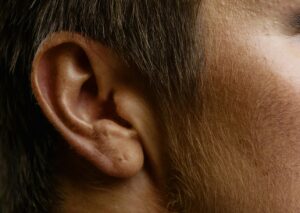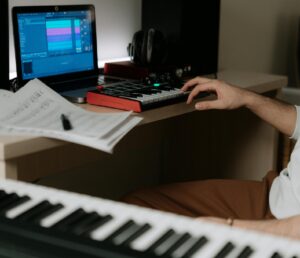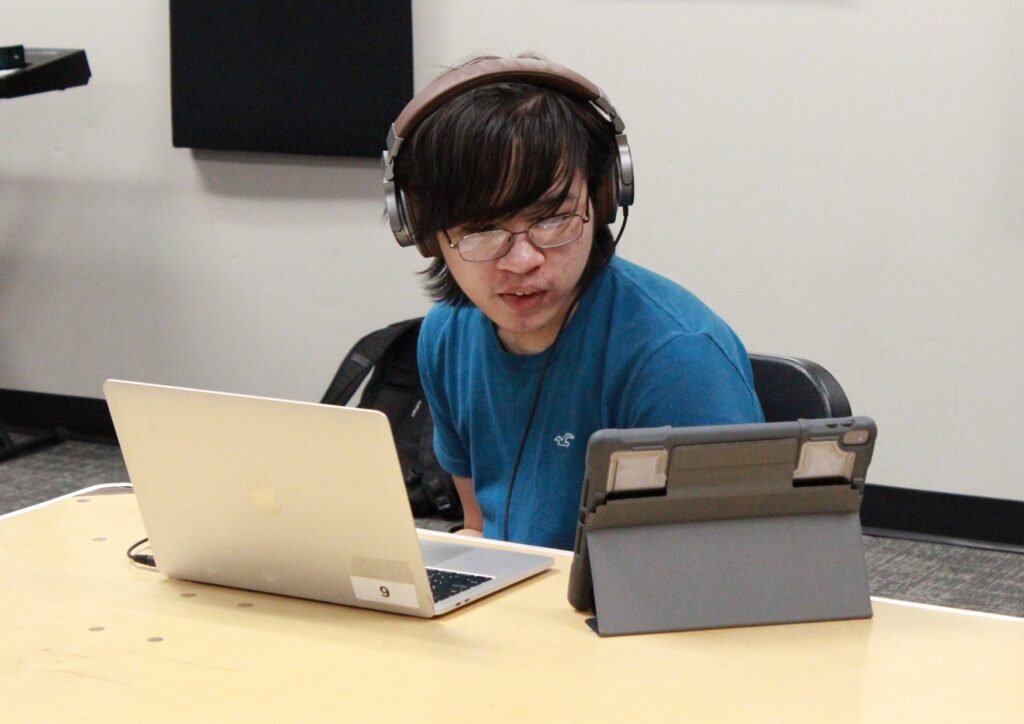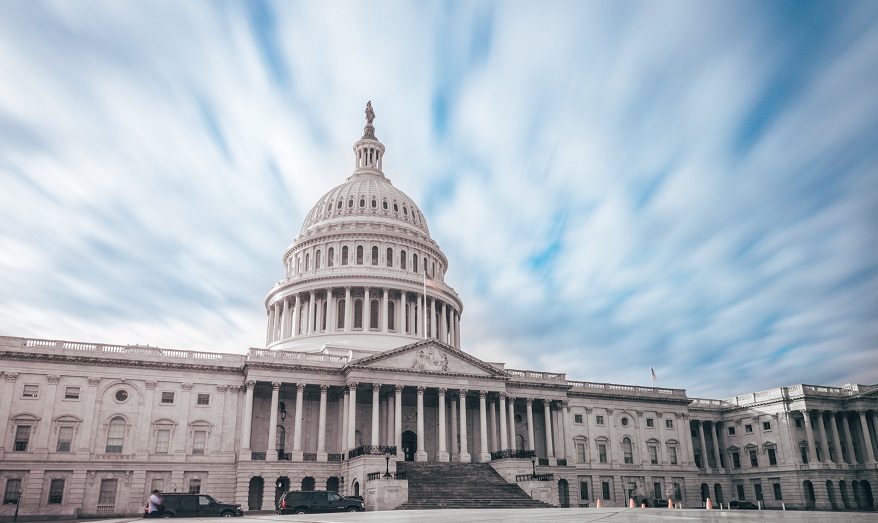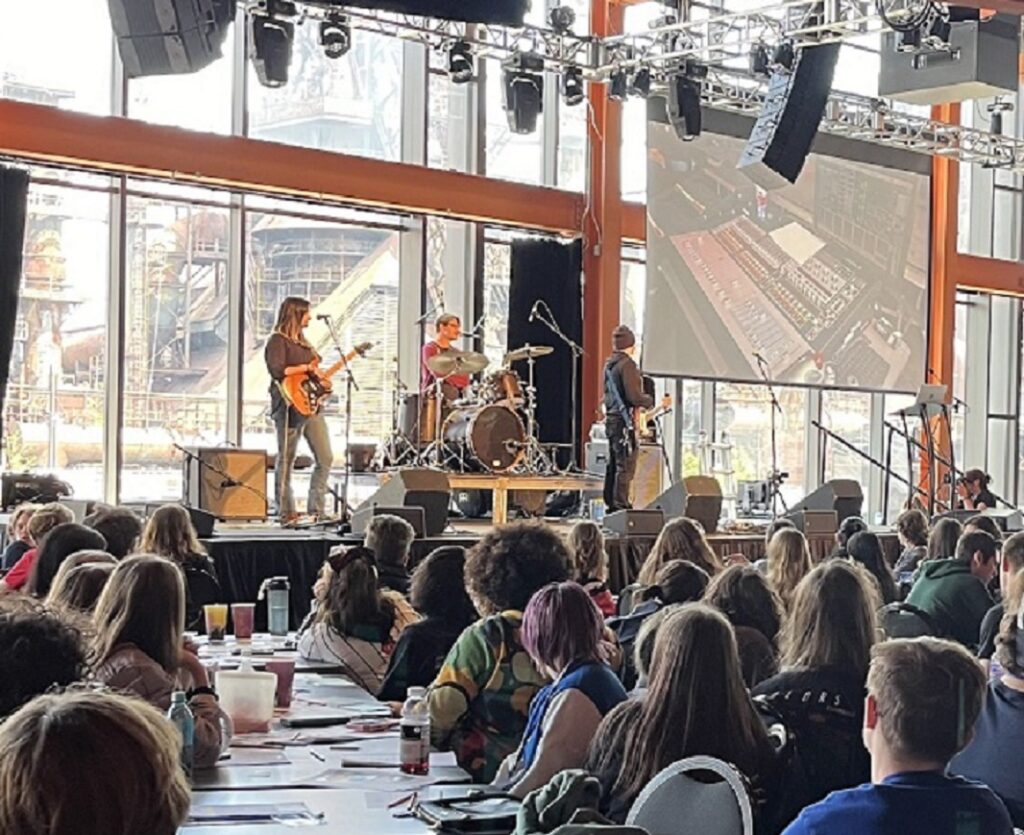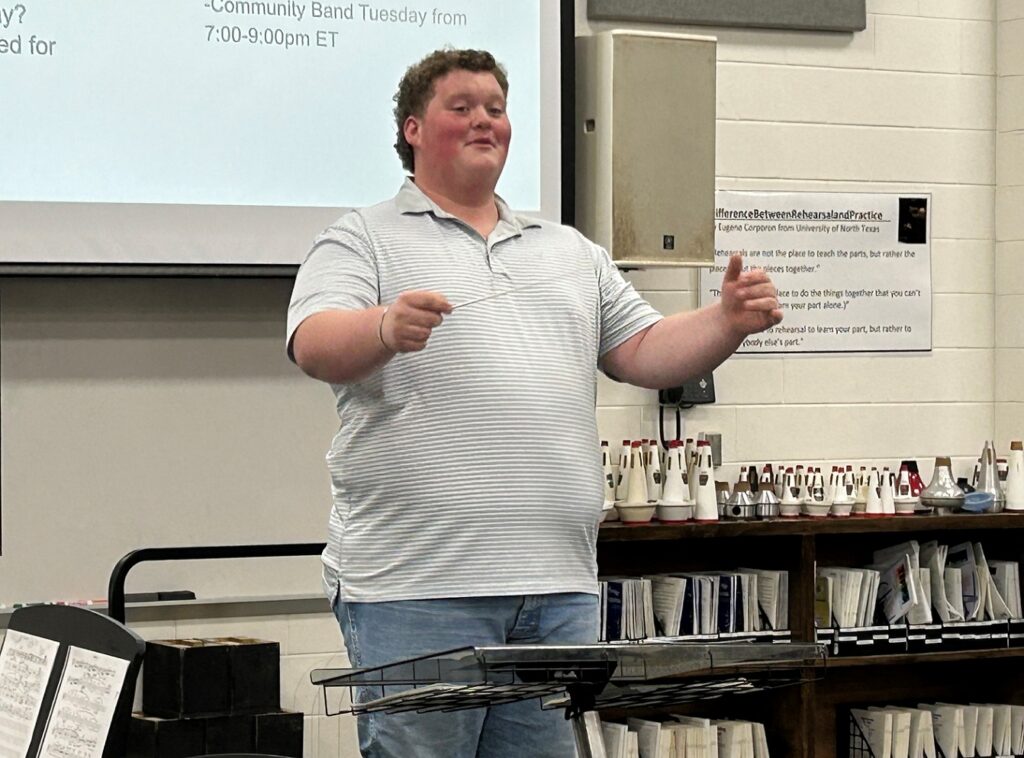Tagged Under:
6 Real Ways to Reach the 80%
Music educators must explore different ways to see the musical potential in students who don’t fit the traditional mold. Take it from one music rule-breaker who forged an unforeseen path to success in the music industry.
I didn’t take the traditional path into music. At 4, I heard my sister practicing Beethoven’s Fifth Symphony and decided to try it myself — by ear. The look on my mom’s face was priceless. In high school, I played percussion in the marching and symphonic bands, but after that, I veered off the beaten path. I majored in computer engineering at the University of Florida, yet I found myself sneaking into practice rooms, mimicking music majors.
I don’t have formal sheet music skills or deep music theory knowledge. I didn’t attend Berklee College of Music or Julliard, but I have built a successful music career. My song “WOP” went double-platinum, and I’ve sold millions of records worldwide. I’ve created original compositions for TV, film and sports. Now, I run SlapDash Productions and founded the Twylight Zone, an arts discovery platform headquartered in Austin, Texas, designed to connect artists of all modalities in collaboration while exposing them to new audiences.
None of that would have happened without my early musical mentors. My high school teachers helped me find my lane. They challenged me in a way that cultivated creativity without intimidating me with the vast amount of musical knowledge that I didn’t have.
My experience has taught me something crucial: Most students won’t become music majors, but that doesn’t mean music isn’t for them. In fact, school music programs enhance life outcomes for everyone. Studies show students in schools with music programs have 90% graduation rates, compared to about 73% in schools without music. Music students attend class more and stay out of trouble. So, how do we ignite a passion for music in the 80% of students who have never seen themselves in it?
Let’s challenge the narrow, traditional view of musical ability and celebrate diverse ways of learning and expressing music. Here are six real strategies I’ve discovered, from the perspective of someone in the 80%.
1. Make Room for Ear Players
Some kids hear music in their heads before they read notes. They play by ear. The engineer in me says that’s not a bug, it’s a feature. Instead of penalizing them for bypassing sheet music, give them time to improvise and play what they hear. This promotes inclusion and equity in music education.
- Use call-and-response by ear: Clap or play a short rhythm or melody and have the class echo it back by ear. This not only trains listening skills, but it shows that there’s room for making music immediately without printed notes.is
- Include “free play” jams: Once in a while, turn on a backing track (or play drums) and let any student solo in their way. An “ear player” might light up in this free moment.
- Teach chords simply: Instead of just treble clef lines, point out a few basic chords and let them experiment. Even sharing a webcam view of the keys while you play chords helps ear learners “see” the sounds.
I started with no sheet music at all, just feeling music. Teachers who let me learn by listening changed everything. Research even says building aural skills can enhance learning for all students, so make aural learning part of your toolbox. If a kid can hum or clap it, let them be heard.

2. Let Them Lead
Students have their own musical voices and ideas, so let them use them. Give them opportunities to lead, whether it’s running a warm-up or teaching a chord progression to classmates. These small moments of ownership build confidence and deepen their investment in the music program.
- Song choice power: Occasionally, let students vote on a piece or genre to work on. Even analyzing a pop song’s structure gives them ownership of learning.
- Student-led sections: Give skilled students a chance to conduct or cue the band for one number. This builds confidence and shows you trust their knowledge.
- Open projects: Try a unit where students form their own small bands or ensembles. Each group decides what they’ll learn and then teaches it to the class at the end.
3. Embrace Technology and Production
One of the biggest “rule-breaking” shifts in my music journey was learning music on a computer. I was 13 when Timbaland and Magoo dropped “Up Jumps Da Boogie,” and the moment I heard it I thought, “I don’t know how they made that, but I want to spend the rest of my life figuring it out.”
I didn’t have a studio, but I had software and a MIDI keyboard and that was enough. Today’s students have even more powerful tools in their hands; keep encouraging them to use them.
- Introduce apps and DAWs: Tools like GarageBand, Soundtrap, BandLab and Nuage let kids make beats and melodies easily. Show them how to use loops or record a vocal track.
- Digital music club or projects: Let students record their own tunes. You might give an assignment like: “Compose a 16-bar beat or song on the computer.” If budget allows, supply a few MIDI keyboards or smartphones.
- Tech crossovers: Blend music with coding or engineering. For example, constructing DIY instruments with Makey Makey or using Make Music Count, which allows students to improve their math skills by playing the latest popular songs on a digital piano. Any tech hook keeps them curious.
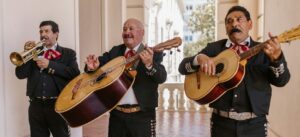
4. Bring Music to Their World
Most students listen to current genres or find music on social media. Meet them there. Use pop, hip-hop, gospel or even video game and movie soundtracks in your teaching.
- Pop and hip-hop examples: Teach music using songs they already know. For a steady beat lesson, try tapping the rhythm of a chart hit together. Analyze a rap verse structure to teach verse/chorus form. Students will realize that music class isn’t so separate from what they hear every day.
- Cultural tunes: Ask students about the music in their families and communities. Invite them to share a song with personal cultural relevance and connect it to classroom learning.
- Storytelling and media: Another way is through storytelling in music. After scoring the film “83 Days,” I learned how deep the link was between music and the emotional appeal of a film. Perhaps have students write a short soundtrack for a class video or a storyboard project.
The key is to use relevant content. When students see themselves in the music — whether it’s their popular favorites or their own heritage — they listen. Let that connection spark their curiosity and creativity.
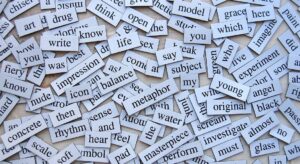
5. Celebrate Creativity and Culture
Music is personal. Let each student’s identity shine.
- Songwriting and poetry: Try writing workshops. Play a simple beat and ask students to write a verse about their life or hometown, or compose music based on a poem. Celebrate those creations publicly, like in a school showcase, to boost confidence.
- Include non-Western music: Bring instruments or recordings from different cultures or playlists of world music. Discuss how music is universal yet tied to culture. This shows respect for every background.
- Share your story: Finally, don’t be afraid to share a piece of your own journey or family roots. It makes a connection. For example, if you come from a culture with specific musical traditions, teach a song from it.
No two students are the same, so one size won’t fit all. The more we celebrate each kid’s voice, the more they will feel that “this place is for me.” Even an album project or a student-run podcast on music encourages those voices to come out.

6. Get Creative with Resources and Partnerships
You don’t have to do it all alone. There are programs and funding to help reach those 80%.
- Apply for grants (Title I/IV): Many of your schools qualify for federal funds under Title I and Title IV-A of the Every Student Succeeds Act (ESSA). These can be used for music classes and instrument purchases. For example, the National Association for Music Education (NAfME) highlights how Title IV funds are meant to promote a “well-rounded education” including music. Work with your administration to earmark some of that funding for your program.
- Connect with nonprofits: Organizations like Save the Music Foundation partner with Title I districts to provide instruments and curriculum support. In other words, if your school has mostly low-income students, Save the Music might help furnish your band room or start a tech music program.
- Local partnerships: Many cities have youth music programs or “adopt-a-band” opportunities. A local college band program, church or community arts council might lend instruments or have musical mentors visit classes. I know music teachers who have alumni come back to coach the percussion section one day a week. Even a hardware store might donate items for a STEM-music project.
- Involve the community: Sometimes a simple fundraiser or instrument drive does wonders. If some students have no access to an instrument at home, ask parents or local music stores for help. Schools that engage families often see more support, whether it’s volunteers for a beginner club or donations of old keyboards.
__________________________________
In the end, reaching and teaching the 80% means moving beyond the traditional path. It means seeing each student’s potential. I wasn’t the typical band kid, yet I found my place in music and your students can, too. Give them the freedom to explore their passion before prescribing a single path to making music.
I learned to play piano by ear, jammed in blues bands at 12 and recorded my first viral hit in a college dorm room. I didn’t follow the standard path, but I had educators who saw potential beyond the traditional mold and that made all the difference. Today, through initiatives like the Twylight Zone, I’m committed to helping others find their place in music, too.
So, to all the educators out there: Keep pushing boundaries. Keep embracing the unconventional and keep believing in every student’s unique musical journey. You never know which one might be the next to change the world through music.










